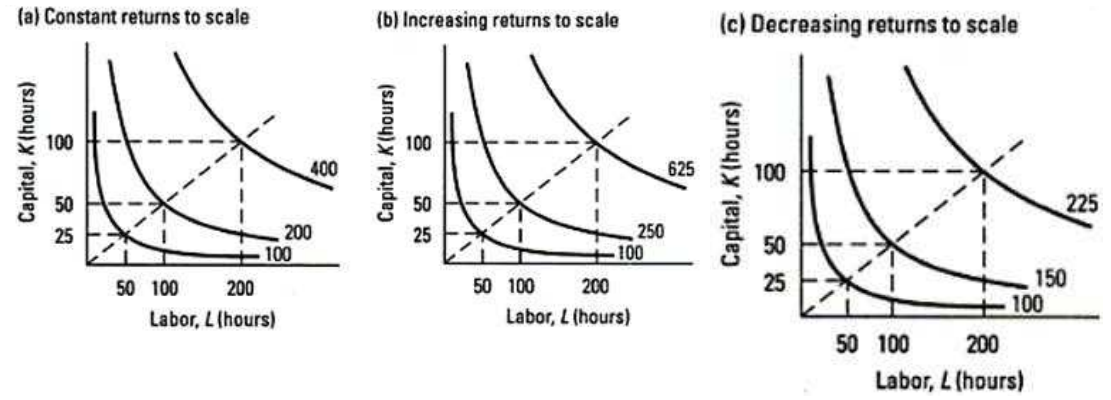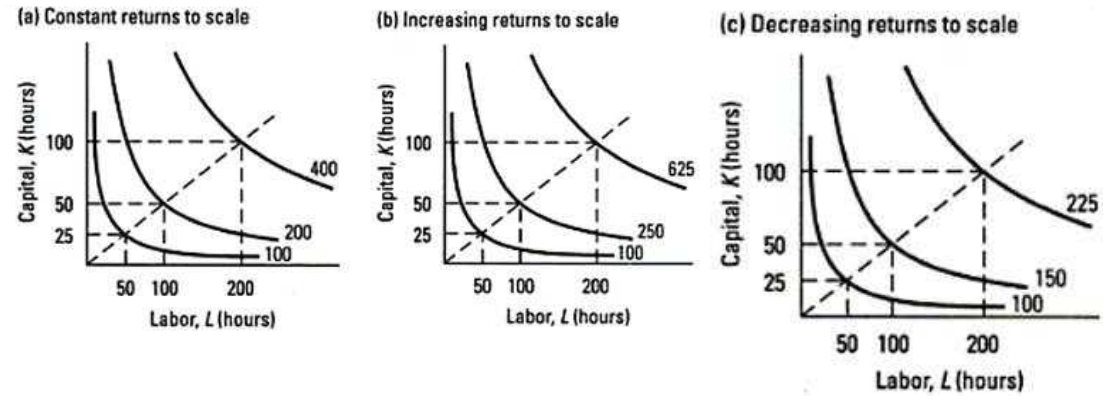Economics miscellaneous
- Which of the following is a consequence of inflationary price rise ?
-
View Hint View Answer Discuss in Forum
Inflationary price rise is harmful to a country’s economic performance and to the welfare of its citizens. It can create a random redistribution of income given that inflation does not have an equal impact on individuals and groups. The balance of payments may deteriorate because domestic inflation stimulates import spending, given that imports appear relatively cheaper, and dampens export sales. A continuous price rise can be an obstacle to development as it has an adverse effect on saving and investment and causes a fall in growth.
Correct Option: C
Inflationary price rise is harmful to a country’s economic performance and to the welfare of its citizens. It can create a random redistribution of income given that inflation does not have an equal impact on individuals and groups. The balance of payments may deteriorate because domestic inflation stimulates import spending, given that imports appear relatively cheaper, and dampens export sales. A continuous price rise can be an obstacle to development as it has an adverse effect on saving and investment and causes a fall in growth.
- If a change in all inputs leads to a proportionate change in output, it is case of
-
View Hint View Answer Discuss in Forum
If output increases by that same proportional change as all inputs change then there are constant returns to scale (CRS). If output increases by less than that proportional change in inputs, there are decreasing returns to scale (DRS). If output increases by more than that proportional change in inputs, there are increasing returns to scale (IRS).

Correct Option: A
If output increases by that same proportional change as all inputs change then there are constant returns to scale (CRS). If output increases by less than that proportional change in inputs, there are decreasing returns to scale (DRS). If output increases by more than that proportional change in inputs, there are increasing returns to scale (IRS).

- The equilibrium price of a commodity will definitely rise if there is a/an :
-
View Hint View Answer Discuss in Forum
Price of a commodity is always determined by the forces of demand and supply in the market. The price at which the amount demanded and amount supplied are equal is known as ‘equilibrium price.’ The equilibrium price definitely increases when there is an increase in demand combined with the decrease in supply.
Correct Option: D
Price of a commodity is always determined by the forces of demand and supply in the market. The price at which the amount demanded and amount supplied are equal is known as ‘equilibrium price.’ The equilibrium price definitely increases when there is an increase in demand combined with the decrease in supply.
- Regarding money supply situation in India it can be said that the :
-
View Hint View Answer Discuss in Forum
Money supply in India includes the following: (i) Currency with the public; (ii) Demand deposits and time deposits with banks; (iii) Deposits with reserve Bank of India; and (iv) Deposits in Post Office. The currency with public is less than the total currency issued by RBI. This is because ofcash reserves with banks, i.e., a part of currency issued remains with banks. As far as deposits are concerned, during the last four decades, the proportion of demand deposits, time deposits and other with banks in relation to total supply of money has been increasing with reciprocal diminution in currency held by the public. This is mainly due to the expansion of banking facilities in the country. Almost all the money in the economy exists as bank deposits – and banks create these deposits simply by making loans.
Correct Option: B
Money supply in India includes the following: (i) Currency with the public; (ii) Demand deposits and time deposits with banks; (iii) Deposits with reserve Bank of India; and (iv) Deposits in Post Office. The currency with public is less than the total currency issued by RBI. This is because ofcash reserves with banks, i.e., a part of currency issued remains with banks. As far as deposits are concerned, during the last four decades, the proportion of demand deposits, time deposits and other with banks in relation to total supply of money has been increasing with reciprocal diminution in currency held by the public. This is mainly due to the expansion of banking facilities in the country. Almost all the money in the economy exists as bank deposits – and banks create these deposits simply by making loans.
- The market equilibrium for a commodity is determined by:
-
View Hint View Answer Discuss in Forum
Market Equilibrium is determined when the quantity demanded of a commodity becomes equal to the quantity supplied. The price determined corresponding to market equilibrium is known as equilibrium price and the corresponding quantity is known as equilibrium quantity.
Correct Option: B
Market Equilibrium is determined when the quantity demanded of a commodity becomes equal to the quantity supplied. The price determined corresponding to market equilibrium is known as equilibrium price and the corresponding quantity is known as equilibrium quantity.

